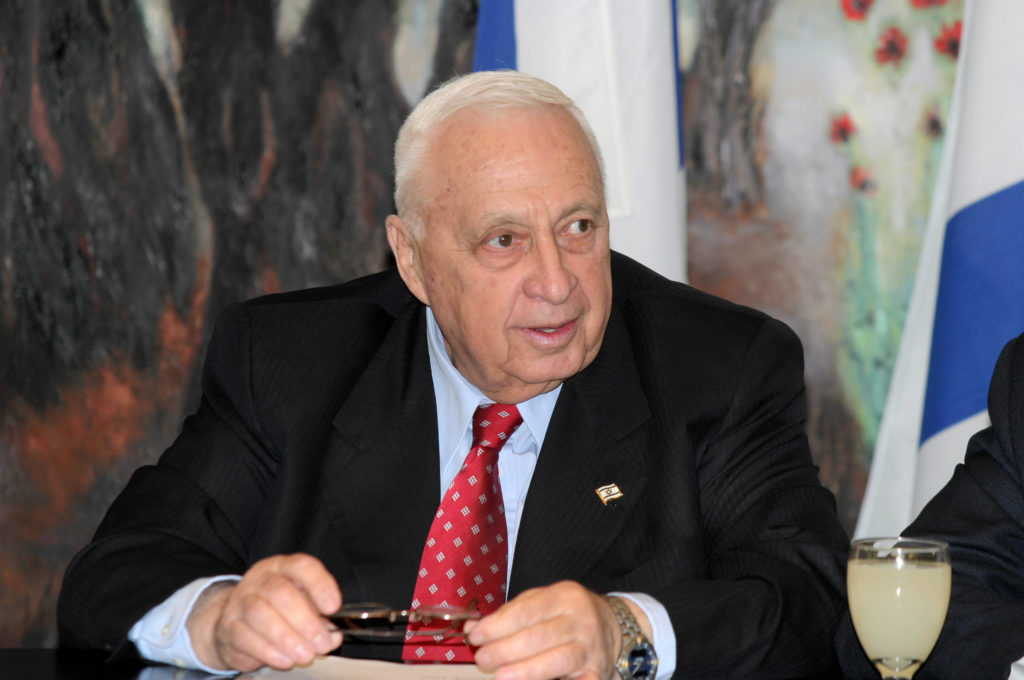Between September 16-18, 1982, Israel was responsible for one of the bloodiest and infamous massacres of unarmed Palestinians in refugee camps in Lebanon, writes journalist Robert Carter.
Estimates for the death toll of innocent civilians living in Sabra and Shatila vary but many claim at least 2,000 unarmed Palestinians – mostly women, children and the elderly – were massacred by Israel’s extremist Lebanese allies.
This genocidal butchering – which has become known as the “forgotten massacre” – was just one of the several notorious killing fields of Lebanon’s civil war.
Palestinian men, mostly Muslim, were lined up against walls and shot. Children, including newborn babies, were reportedly pulled from their mothers’ arms and murdered.
Women and children were shot at point-blank range. Evidence of torture was also discovered among the many bodies left to rot in the streets.
And to this day the killings have left a traumatising legacy on Lebanese and Palestinians, and justice for the killings has never been delivered.
Deadly buildup
Subscribe to our newsletter and stay updated on the latest news and updates from around the Muslim world!
The Sabra and Shatila massacres occurred just a few months after Israel invaded and occupied Lebanon in 1982.
The two-day bloodbath started when the right-wing Christian Maronite “Phalange” militia (Israel’s ally) stormed the Palestinian camps in revenge for the assassination of their leader Bashir Gemayel.
Gemayel was the President-elect of Lebanon at the time of his death and had campaigned vigorously for Palestinians to be expelled from Lebanon. He was also considered by his critics to be the figurehead of an Israeli-backed proxy government.
The Lebanese civil war, which had been raging for close to a decade by this point, had pitted some U.S. and Israeli friendly Christian groups against pro-Palestinian factions, including the Palestinian Liberation Organisation.
Lebanon had become the headquarters of the PLO after they had been expelled from Jordan during the “Black September” conflict in 1970. The Palestinian resistance, headed by Yasser Arafat, used Lebanon’s southern border to attack Israeli forces in occupied Palestine.
This was the excuse Israel used to justify their attacks on Lebanon and the eventual invasion in June 1982, which saw Israel’s army reach as far as Beirut.
The conflict, in addition to the Israeli siege of Beirut, killed between 15,000–20,000 people, mostly civilians.
The Israeli link
Now, you may ask, why is Israel to blame for this massacre of Palestinians when it was Lebanese Christians pulling the trigger? The answer lies in the eyewitness reports from survivors, medics and journalists who were active on the ground at the time.
Ang Swee Chai and Robert Fisk, a medic and journalist in Shatila around the time of the killings, have both described the massacre as a “war crime” which the Israelis knew about and likely even ordered.
It has been well-documented that Israeli regime forces in Lebanon had known the attack was taking place but refused to intervene.

Israel’s army had surrounded Beirut by this point and would have been well aware of fighting taking place inside the city.
Maronite militiamen claimed their three-day occupation of the camps was to track down remnants of the PLO after the group had been forced to leave Beirut when Bashir Gemayel became President-elect.
Reports at the time also stated that Israeli artillery also bombarded parts of the camps while the Israeli-allied Christians forces rampaged through them.
The mass killings occurred despite an agreement being signed with Yasser Arafat stating that any Palestinians who remained in Beirut after PLO withdrawal wouldn’t be harmed.
UN condemnation
In December 1982, the United Nations General Assembly condemned the massacre as genocide.
A UN-backed independent commission, know as the MacBride Commission, later agreed with the labelling of Sabra and Shatila massacre as a genocide. Additionally, after publishing its findings in 1983, it accused the Israeli authorities of being responsible for the killings.
The commission said those behind the massacre intended “the deliberate destruction of the national and cultural rights and identity of the Palestinian people.”
Israel launched its own investigation into the massacre, known as the Kahan Commission. This commission, however, placed direct blame on Lebanese Phalangists but did admit “indirectly responsible” too.
The Kahan Commission concluded that Israeli Defense minister Ariel Sharon bore personal responsibility “for ignoring the danger of bloodshed and revenge” and “not taking appropriate measures to prevent bloodshed.”
Sharon was eventually forced to resigned as Defence Minister but later became Israeli Prime Minister.



















